Longitudinal Finned Tubes: Boosting Efficiency in Heat Exchangers and Radiators
In industrial and commercial thermal management systems, longitudinal finned tubes have emerged as a cornerstone technology for enhancing heat transfer efficiency. These specialized tubes, featuring fins aligned parallel to the tube axis, are widely used in heat exchangers and radiators to optimize energy recovery, reduce operational costs, and improve system reliability. This article explores their design advantages, industrial applications, and real-world success stories.
Why Choose Longitudinal Finned Tubes?
Longitudinal finned tubes excel in scenarios requiring high heat transfer rates within compact spaces. Key benefits include:
- 3–5x Larger Surface Area: Fins extend the effective heat transfer area, accelerating thermal exchange.
- Reduced Energy Loss: Optimized airflow minimizes pressure drop, lowering pumping/ventilation costs.
- Corrosion Resistance: Materials like stainless steel and aluminum alloys ensure durability in harsh environments.
- Customizable Designs: Adjustable fin height, spacing, and arrangement adapt to diverse operating conditions.
Top Industrial Applications with Case Studies
1. Power Plant Waste Heat Recovery
Challenge: A coal-fired power plant needed to recover waste heat from flue gases (250–400°C) to preheat boiler feedwater, reducing fuel consumption.
Solution: Longitudinal finned tubes made of Edelstahl were installed in the economizer. The fins increased heat transfer efficiency by 40%, cutting annual coal usage by 1,200 Tonnen.
Outcome: ROI achieved in 14 months, with reduced CO₂ emissions aligning with sustainability goals.
2. Chemical Processing Cooling Systems
Challenge: A petrochemical plant faced frequent corrosion failures in its cooling system due to acidic vapor exposure.
Solution: Aluminum-brazed longitudinal finned tubes with anti-corrosion coatings replaced traditional carbon steel tubes.
Outcome: Equipment lifespan increased by 60%, maintenance costs dropped by 35%, and downtime was minimized.
3. Automotive Engine Cooling
Challenge: An electric vehicle manufacturer sought lightweight radiators to improve battery thermal management without compromising cooling capacity.
Solution: Aluminum longitudinal finned tubes with micro-grooved surfaces were integrated into the radiator design.
Outcome: Heat dissipation improved by 25%, enabling faster charging and extending battery life.
Design Innovations Driving Performance
Recent advancements in longitudinal finned tube technology include:
- Hybrid Fin Patterns: Combining smooth and serrated fins to balance turbulence and pressure drop.
- 3D-Printed Fins: Additive manufacturing enables complex geometries for niche applications (e.g., aerospace).
- Smart Monitoring: IoT-enabled sensors embedded in fins provide real-time thermal performance data.
Key Considerations for Implementation
To maximize ROI, engineers should prioritize:
- Material Selection: Match tube/fin materials to fluid compatibility and temperature ranges.
- Fin Density Optimization: Avoid over-crowding fins to prevent airflow blockage.
- Maintenance Protocols: Regular cleaning to remove dust, grease, or scaling that reduces efficiency.
Future Trends in Thermal Management
As industries shift toward sustainability, longitudinal finned tubes are evolving to support:
- Waste Heat-to-Power Conversion: Integrating fins with thermoelectric generators.
- Green Hydrogen Production: Enhancing heat recovery in electrolyzer cooling systems.
- Circular Economy: Recyclable aluminum fins and low-carbon manufacturing processes.
Conclusion
Longitudinal finned tubes are a proven solution for achieving energy-efficient heat exchange in demanding industrial environments. By leveraging their adaptability, corrosion resistance, and compact design, industries can significantly reduce operational costs while meeting sustainability targets. As technology advances, these tubes will remain pivotal in driving innovation across power generation, Herstellung, and renewable energy sectors.
Keywords:
- Longitudinal finned tubes
- Heat exchanger efficiency
- Industrial radiator design
- Waste heat recovery
- Corrosion-resistant cooling
- Sustainable thermal management
 dtfinnedtube.com
dtfinnedtube.com

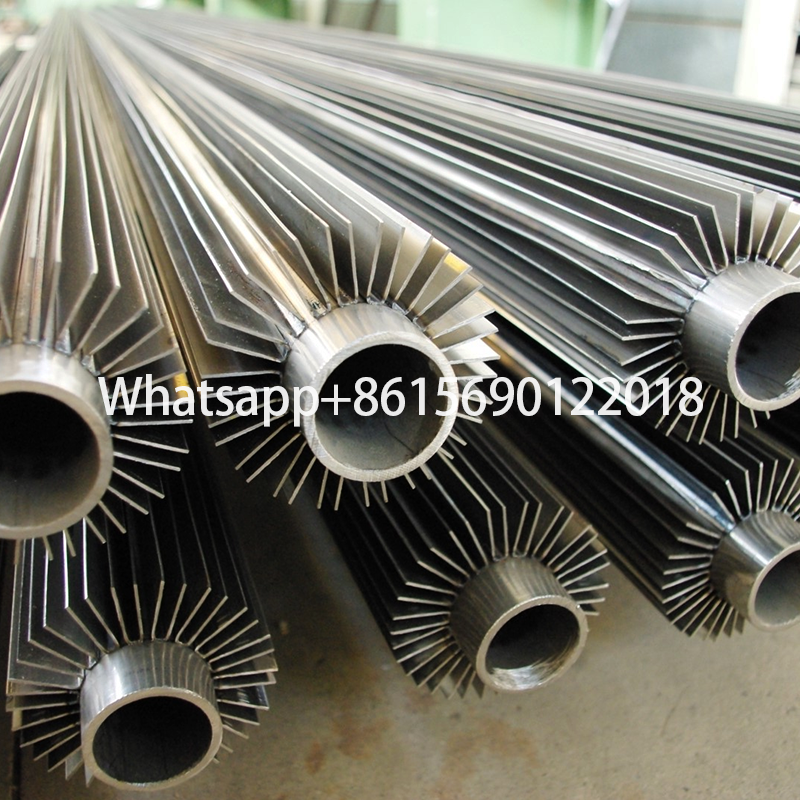


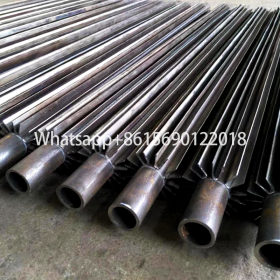
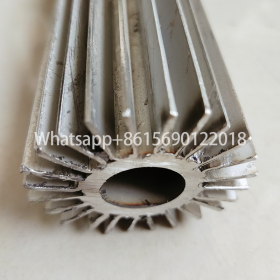

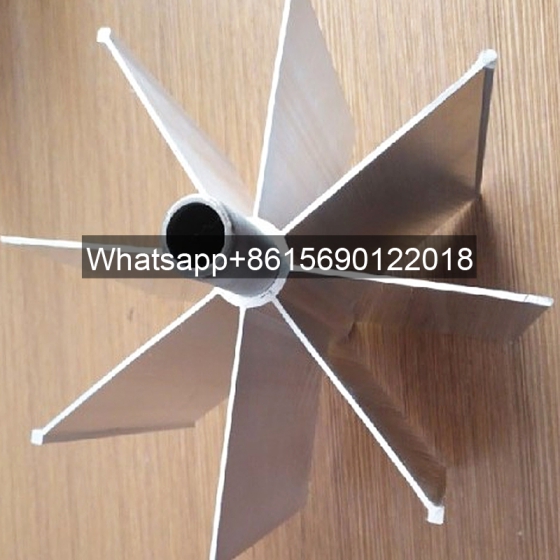
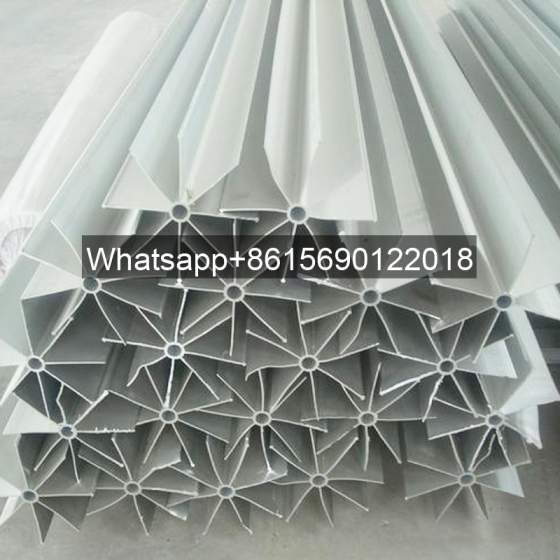
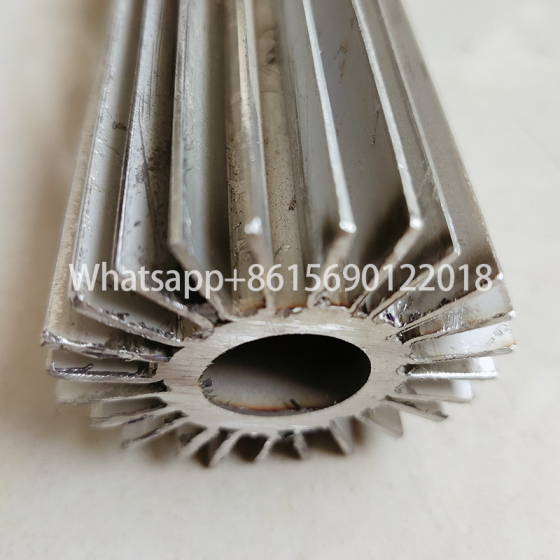
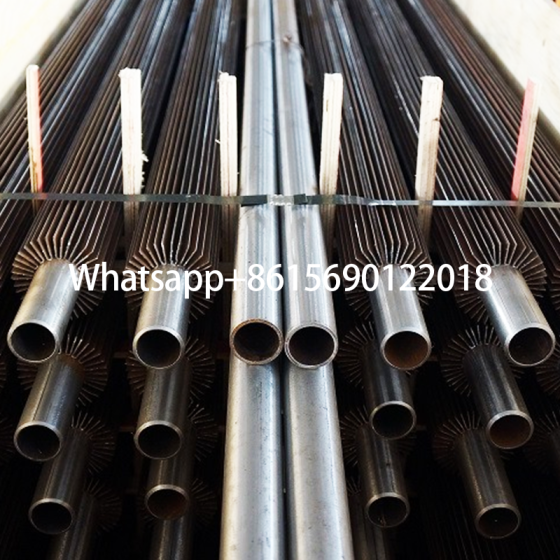
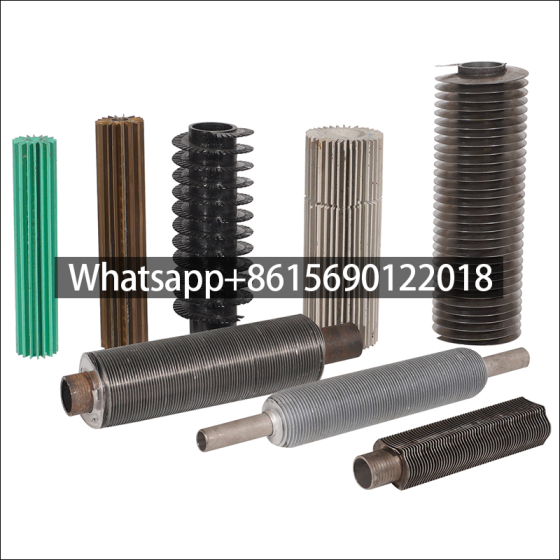
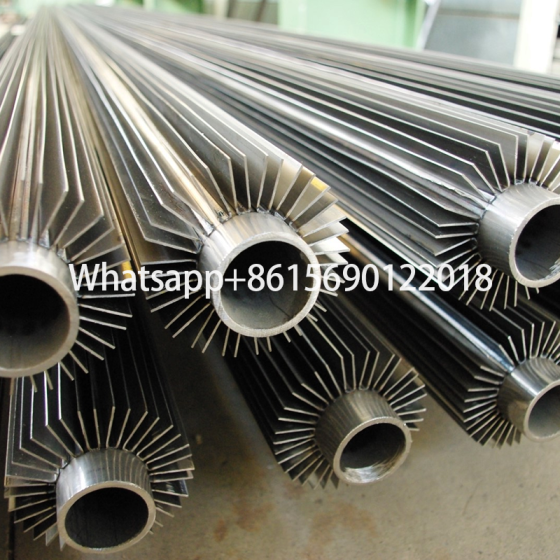

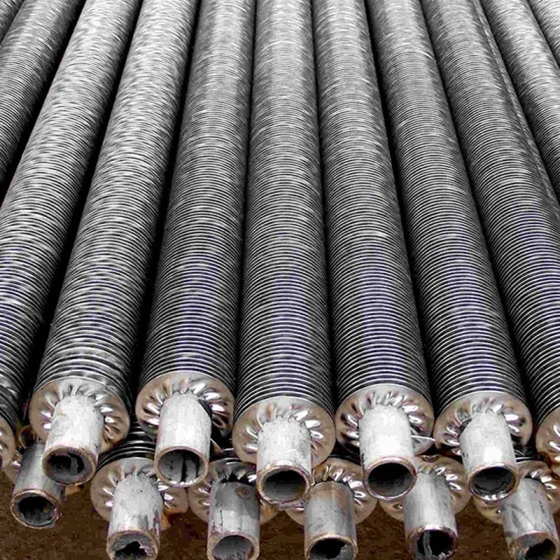
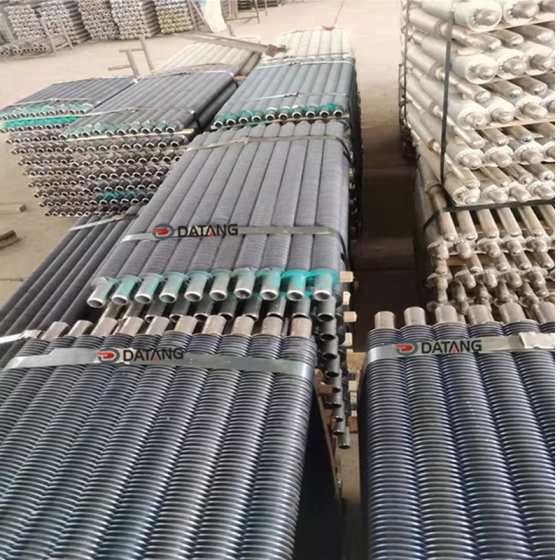

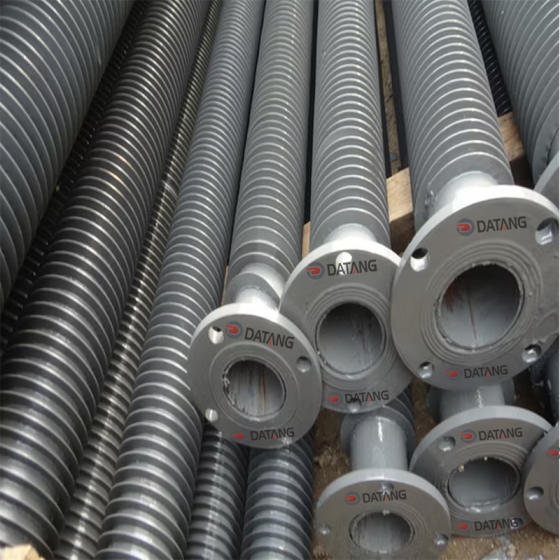
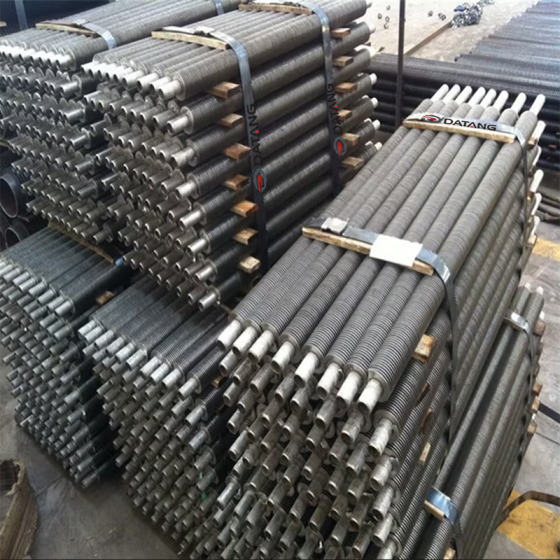
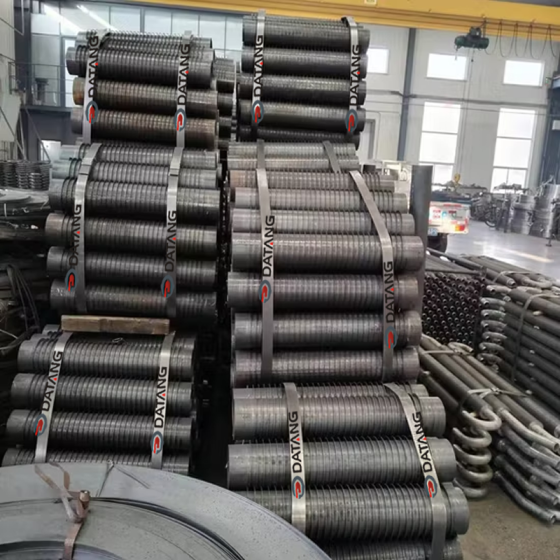
WeChat
Scannen Sie den QR-Code mit WeChat